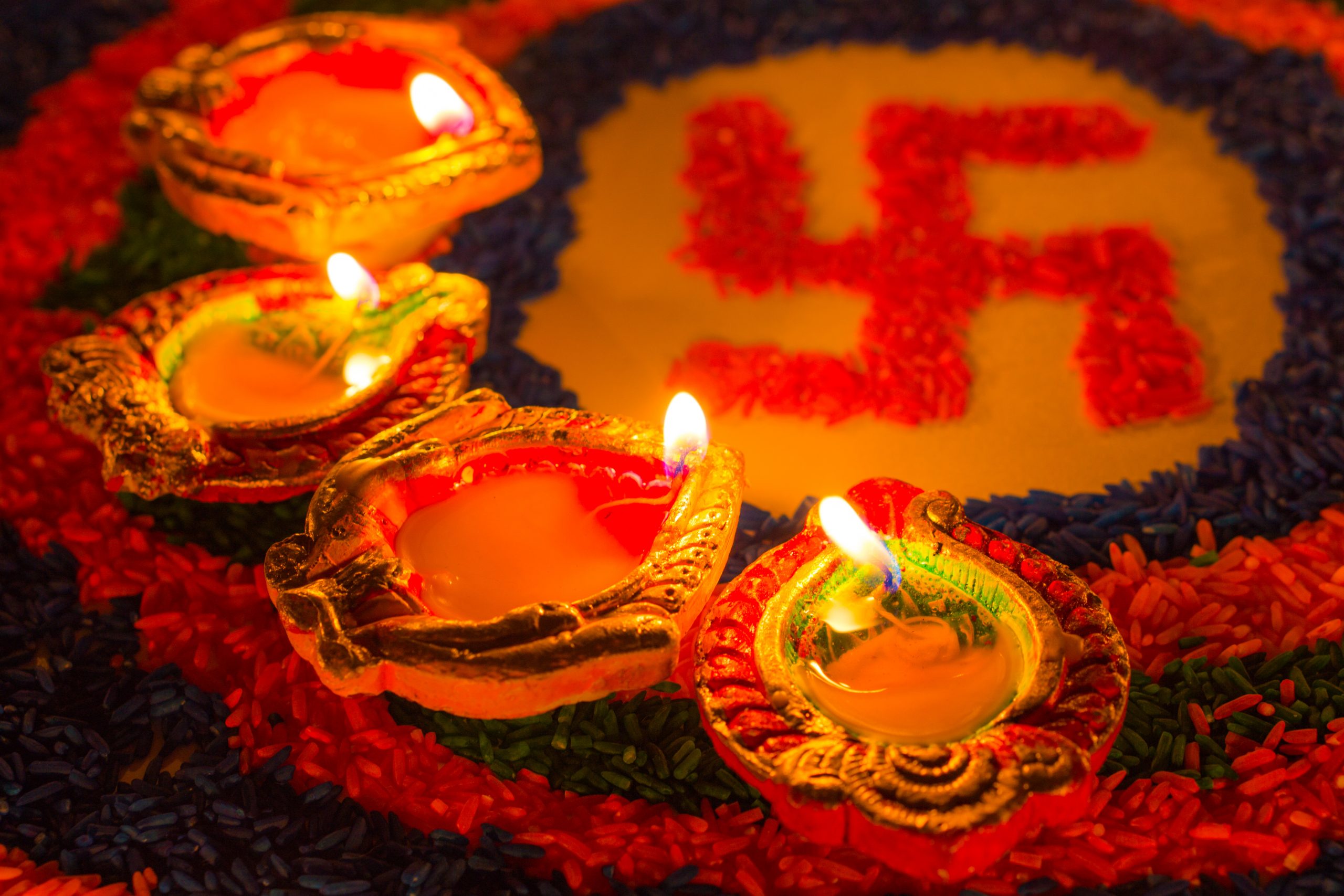“Those words that do not perturb others, that are true, pleasant and beneficial, and also the practice of recitation of sacred wisdom, that is called austerity of speech.“ — Bhagavad Gita 17.15
To understand a Hindu approach to free expression, one must understand that central to the tradition’s philosophies and practices is the aim of seeking and attaining Truth. Truth is considered universally accessible through active pursuit, sincere study, reason, and experience. It is this feature of Hindu spiritual life that has contributed to the incredible variety of spiritual and religious expression we see within and throughout Hinduism.
Hinduism is about having the freedom to ask questions and pursue answers, to discern truth from untruth, and to act in accordance with dharma (righteousness) and avoid those thoughts, words, and actions that are adharmic (selfish).
Accordingly, we at the Hindu American Foundation (HAF) are profoundly drawn to the concept of freedom of expression and freedom of thought and belief. We also believe in the goodness of humanity to knowingly demonstrate kindness and compassion (ahimsa), while also being truthful (satya), thoughtful (viveka), and objective (vairagya).
Freedom of speech is also a core freedom and fundamental right in the United States. It’s enshrined equally in the First Amendment of the US Constitution as it has traditionally been in the hearts and minds of Americans of all philosophical and political persuasions. The right of all of us to think as we choose, to express our beliefs in speech, in writing, in artwork, on television, and films without fear of restriction, repression, or retribution by the state is a core part of the American experience and American civic life.
Alongside the right to express ourselves is the right of others to express themselves. Naturally, this will give rise to speech that we find running counter to our beliefs. But there is no right, at least in the US, to be shielded from ideas and opinions one may find disagreeable, distasteful, emotionally triggering, or even deeply offensive because freedom of expression also includes hateful speech, ignorant statements, and outlandish falsehoods.
In these regards, the American and Hindu ideals around freedom of expression are in consonance. As such, we at HAF firmly believe that the response to those views with whom we disagree must simply be more speech, countering viewpoints, and not calling for prohibitions on the right to express oneself.
That said, the right to free speech is not absolute — neither under American law nor by Hindu principles which view responsibility as a counter-balance to rights.
Speech that is likely to incite imminent physical harm to others, to incite imminent violence, or speech deemed obscene is not protected by the First Amendment. Nor is spreading falsehoods that defame a person or organization in print or in speech. These are considered libel and slander respectively under the broader category of defamatory speech.
Given our work in education and advocacy, we are often called upon to oppose or take action against speech that is perceived to be “offensive” under the notion that it inflames, denigrates, or hurts “religious sentiments.”
In the US, this kind of speech is still considered protected speech.
However in India, which is home to the largest population of Hindus as well as the sacred geography from which the Dharmic traditions (Hinduism, Buddhism, Jainism, and Sikhism) grew, speech of this nature may be unprotected speech. The roots of such speech limiting laws in India are colonial, as there is no notion of blasphemy within Hinduism or other indigenous traditions. Laws like Section 295A of the Indian Penal Code, which have been used by adherents of all religions in India, act in ways that are similar (though not the same) to blasphemy laws found in many theocratic states in spite of India being a secular state. HAF opposes blasphemy laws in all forms, both on principle and on the basis of gross human rights violations faced by Hindus and other religious minorities in countries with such laws in place.
Free Speech vs. Right Speech
While we have a right to say things, we at HAF also hold that there are right ways to say things. This is where HAF looks to the ethics and guidance around right speech or dharmic speech found throughout Hindu sacred texts and stories.
According to Prof. Ruth Vanita, “Debate is the single most important organizing principle in ancient Hindu texts. It may take the form of structured questions and answer, friendly discussion and dialog, or formal shastrartha (debate) between rival schools of thought.”*
Practices which have been articulated as being integral to dharmic or right speech include employing nuance; following a logical order of arguments; being decisive and clear of purpose of a discussion; being qualified to speak about the subject; and identifying points of agreement amongst others. There is also advice on tactics one should avoid such as being untruthful; being verbose or in the alternative, too brief; making things unnecessarily complicated; being careless with grammar; or being vague, ambiguous, or incomplete, or demonizing others. Intent is perhaps the most important element to right expression — selflessness or communication in service of a greater good being vastly preferred to selfish motives or those driven by greed, lust, anger, self-pity, or arrogance.
Bottom line: every individual has the right to free expression, the right to pursue lines of academic inquiry, and the right to philosophical, political, and artistic freedom. This right must be balanced by the responsibility to minimize harm (ahimsa) while being truthful (satya) and dispassionate (vairagya). And the response to any expression with which we disagree must simply be more dharmic speech and not calling for prohibitions on the right to express oneself.
* The Self has no Gender: A Female and a Male Scholar Debate Women’s Status in the Mahabharata appeared in the NWSA Journal and was later published in Gandhi’s Tiger and Sita’s Smile: Essays on Gender, Sexuality and Culture (Yoda Press, 2005).







































